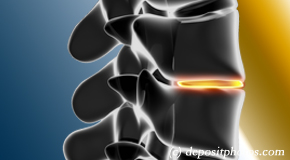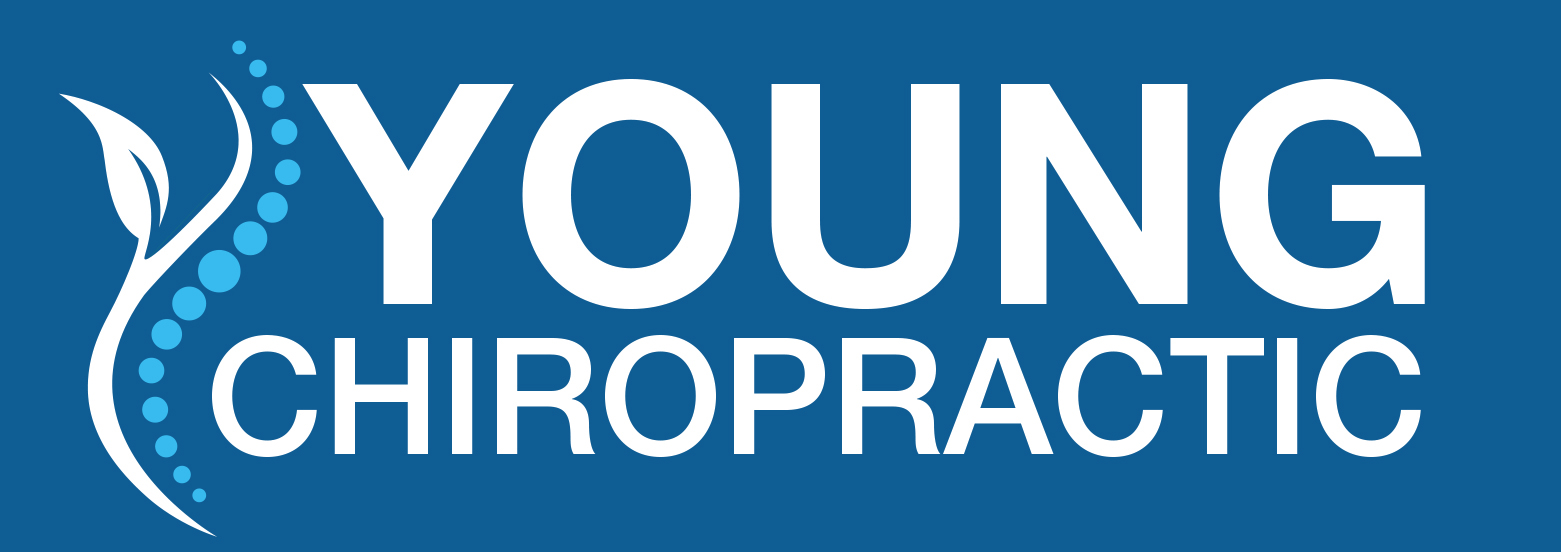Normal Degeneration Linked with Easley Spinal Stenosis
Normal degeneration of the spine may sound strange when discussing degeneration, but age meets us all. Age generates degeneration normally. Our Easley chiropractic practice recognizes and respects age for its effect on the spine and its role in disc degeneration and paraspinal muscle degeneration. They go together. Young Chiropractic treats them gently and successfully, particularly when our patients participate fully by coming to appointments, exercising, and taking supplements that can be beneficial. It is all part of our Easley chiropractic treatment plan!
NORMAL DEGENERATION: Age
Age. Not a topic we want to talk about, but age doesn’t mind. It keeps doing its thing. Age contributed much when researchers compared the fatty infiltration of muscle in normal people to that in lumbar spinal stenosis patients matched for age, BMI, weight, etc. The paraspinal muscle changes in lumbar spinal stenosis patients and normal people were comparable. Degeneration of these muscles related to age was more obvious in lumbar spinal stenosis patients especially in the multifidus muscles. (1) A radiographic study of degenerative lumbar spinal stenosis found age-related risk factors. Researchers wrote that greater intervertebral disc height and more severe vertebral endplate failure may trigger degenerative lumbar spinal stenosis due to the increased mobility of the segment, furthering disc degeneration. Weakened paravertebral muscles may weaken lumbar spinal stability. (2) Indeed, the spine and all its muscles are linked. Young Chiropractic looks at them all, to their response to treatment, to their contribution in the pain.
BACK PAIN AND ITS PALS
Low back pain has friends. It brings with it degeneration, change, fat, imbalance and more. Researchers credited intervertebral disc degeneration as being the main cause of chronic low back pain. It’s a common and recuring condition in spine surgery fields. Disc degeneration is related to disc inflammation which makes sense as it is avascular tissue. As we humans age, researchers pointed out that its bone marrow changes to bone marrow fat, initiating an inflammatory response in the disc and paraspinal muscles which have a role in spine stability. As the muscles fill with fat, low back pain changed to chronic. (3) In a study of patients with lumbar spinal stenosis and sciatica/leg pain, researchers saw that lumbar degenerative diseases prompted paravertebral muscle degeneration with greater levels of intramuscular fat infiltration. Women’s paraspinal muscles were significantly smaller. The erector spinae muscle and multifidus muscle in older aged patients were seen to have more fat in them. (4) Young Chiropractic appreciates that aging contributes to back pain’s development, path, and treatment.
LESS IS MORE: Treating Aged Back Pain
Since researchers observed that with age comes fatty infiltration of paraspinal muscles and inflammatory responses in the disc, it is logical that doing less if back surgery is performed would be prudent. A recent study wrote that the addition of fusion to a decompression back surgery for lumbar spinal stenosis heightened the odds of new stenosis on an MRI two years later at the operated level or at an adjacent spinal level even when spondylolisthesis (a condition that one vertebra slipped on another one) was noted at surgery. (5) Less is more frequently when managing back pain. Gentler treatment can go far in decreasing pain. That is the motto of the CTFDD treatment plan at Young Chiropractic: gentle spinal manipulation, gentle exercise, etc.
CONTACT Young Chiropractic
Listen to this PODCAST with Dr. Joseph Beissel on The Back Doctors Podcast with Dr. Michael Johnson as he illustrates the relief with The Cox® Technic System of Spinal Pain Management for a patient with chronic low back pain.
Schedule your Easley chiropractic appointment today. There’s no avoiding age or its accompanying pal, degeneration. If disc degeneration and spinal muscle degeneration are now your pals, trust Young Chiropractic to get you all on a path to healing.

